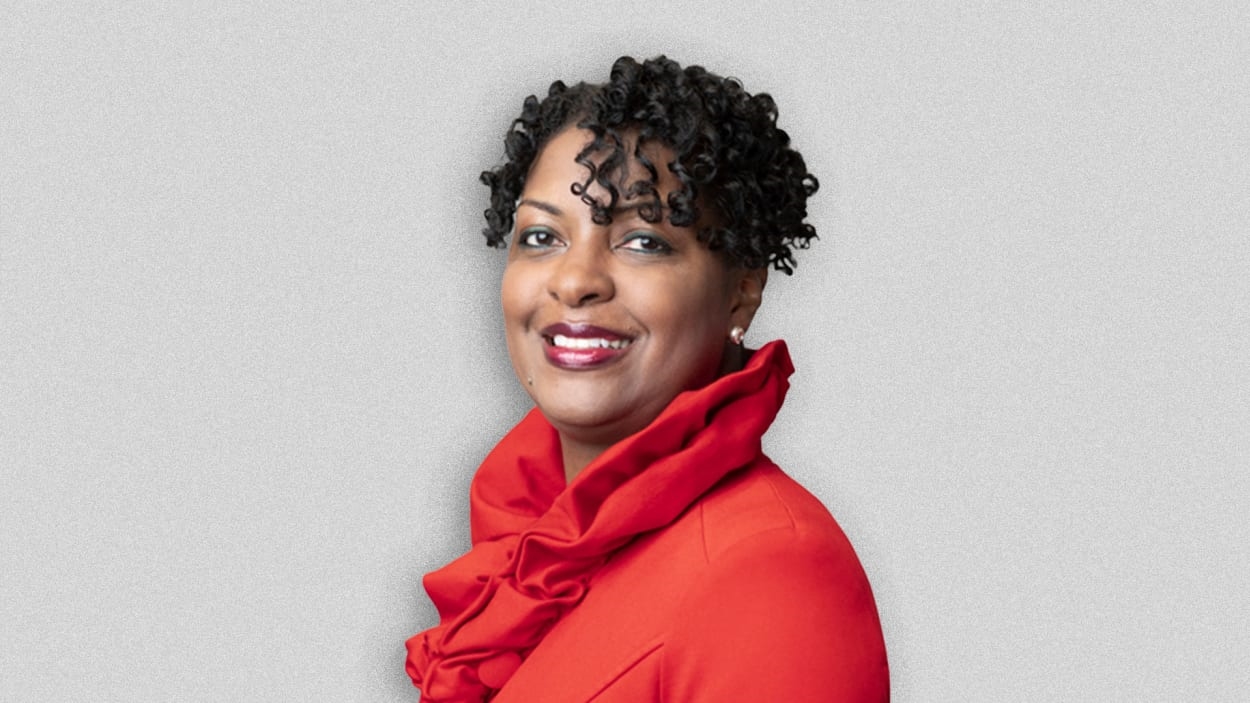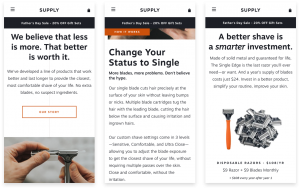Tens of millions of Americans live outside of the mainstream financial system, and as many as 11%—or an estimated 50 million, as of 2022—can be classified as “credit invisible.” That means that they have no or little credit history; and as a result, could be denied access to credit, or otherwise denied access to auto loans, mortgages, or even business loans at financial institutions.

And many of those same Americans are from underserved communities. Given that so many people are effectively shut out from the mainstream financial system, a coalition of banks and financial institutions are coming together to try and widen access to credit by sharing bank account data and other information via Project REACh (Roundtable for Economic Access and Change), an initiative from the Office of the Comptroller of the Currency. Chase and Wells Fargo are among the participants, and Citi recently joined the effort.
Fast Company spoke with Lisa Frison, Citi’s head of U.S. personal banking financial inclusion and racial equity, about the issue of credit invisibility, why it’s important, and how Project REACh and other new Citi pilot programs may help rectify it. Frison has spent many years in the financial industry working to improve access to credit and financial services for underserved consumers and says that the recent collaboration between institutions allows those in the industry to target these consumers in new and unprecedented ways.
The following has been edited for clarity and length:
What does “credit invisibility” mean, exactly?
In the simplest term, credit invisibility means not having a credit history with the major bureaus. There are two ways that might happen. One, you have no credit history; and if you have a limited credit history, you’re unscorable. And two, you may have had some activity, but too few accounts, or those accounts are too new, or no recent credit activity.
How does credit invisibility affect people? Why is it a problem?
This is a big problem for two key reasons. One, credit is a utility, and being able to get credit to pay for your everyday needs, like paying for a home or a car, is incredibly important. The other issue is that having a credit score is almost like a lifeline to getting access to fundamental services [that people need] for their daily lives—that includes loans, insurance, or even the ability to get a cell phone. Having a credit score and history is really important to get those services.
Beyond those, having credit is foundational to achieving other major goals, like starting a business or buying a home. But it’s all about access.
How does Project REACh help those who are credit invisible?
What we’re doing is designing ways for people who have no files or thin files to get a second look from our underwriting teams, to help people get into the financial mainstream.
Project REACh is an industry-wide initiative to extend credit to people with no or little history. Institutions are coming together with credit bureaus to underwrite accounts if there is no history or little information. Banks now have a way to share deposit information, so that customers who may have been declined for credit in the past can have another chance to get approved.
It’s a way for a bank to look and see if customers have relationships with other banks. If they can’t approve those customers through traditional processes and underwriting criteria, those other relationships can show or demonstrate that they can manage their money, opening a path to credit approval.
Why has credit invisibility recently become a focus for Citi?
There are 50 million people who are credit invisible. At Citi, we’re trying to remove barriers, provide access, and be inclusive. What’s different now is that we have an industry collaboration that allows us to share like never before. We’ll be able to tackle what is a broad issue that affects millions of people. We’re trying to make sure that as many consumers can participate as possible.
How does your background help prepare you to lead this initiative for Citi?
I joined Citi in May to lead financial inclusion and racial equity. This is not a new initiative for Citi, as they’ve been working on it for many years. But this is an opportunity to amplify our focus and bring opportunities to the marketplace to help underserved communities.
I previously worked at another bank, working with and for diverse consumers from a variety of backgrounds. I’ve spent a lot of time looking at data concerning the challenges underserved communities face, which are often diverse communities, and I know that Citi has made big commitments to driving more financial inclusion to help people be credit ready.
This is really foundational work. This is the work that I signed up for—to use my voice and influence to help people. I want to bring in more on-ramps to help people navigate the financial system. That’s near and dear to my heart.
(16)





